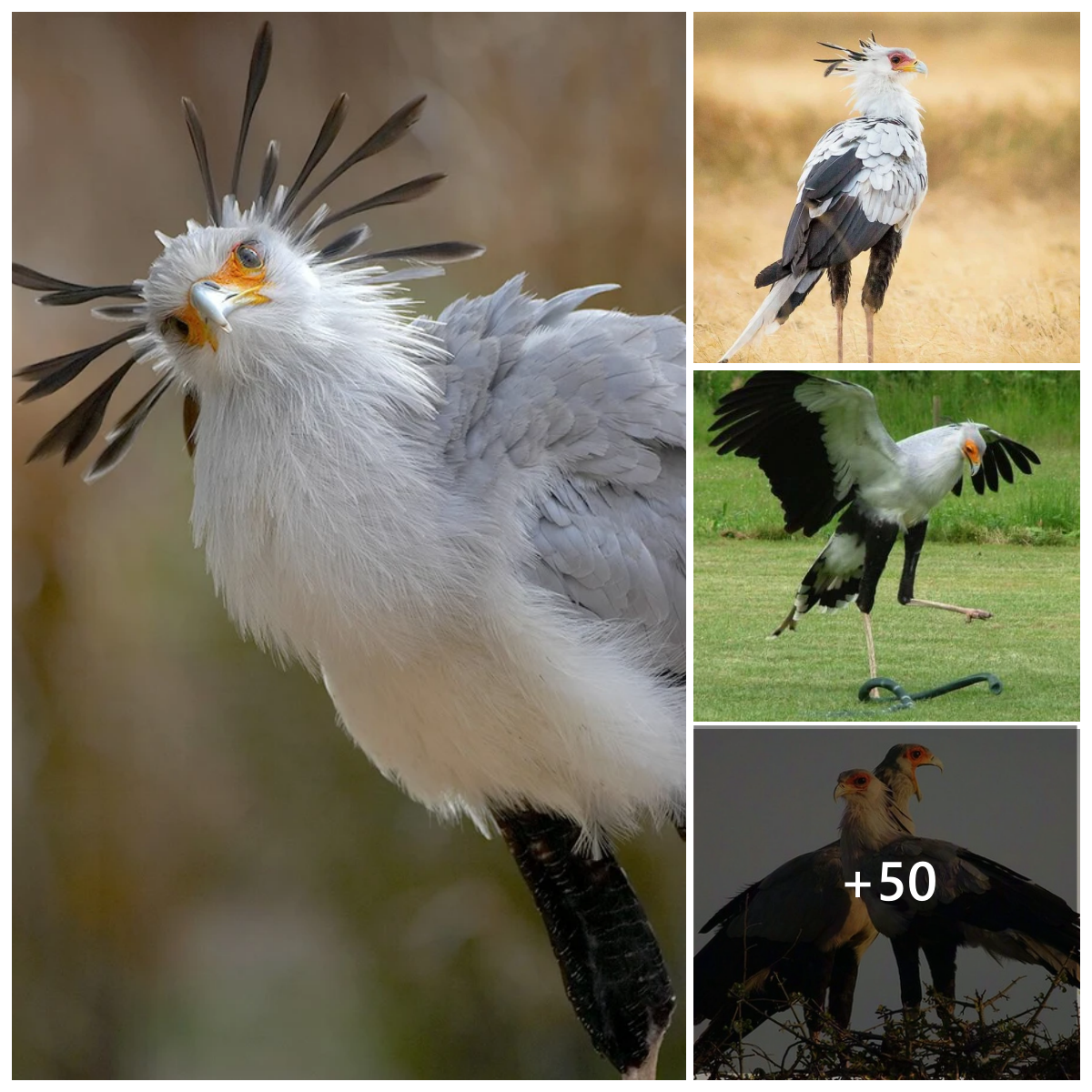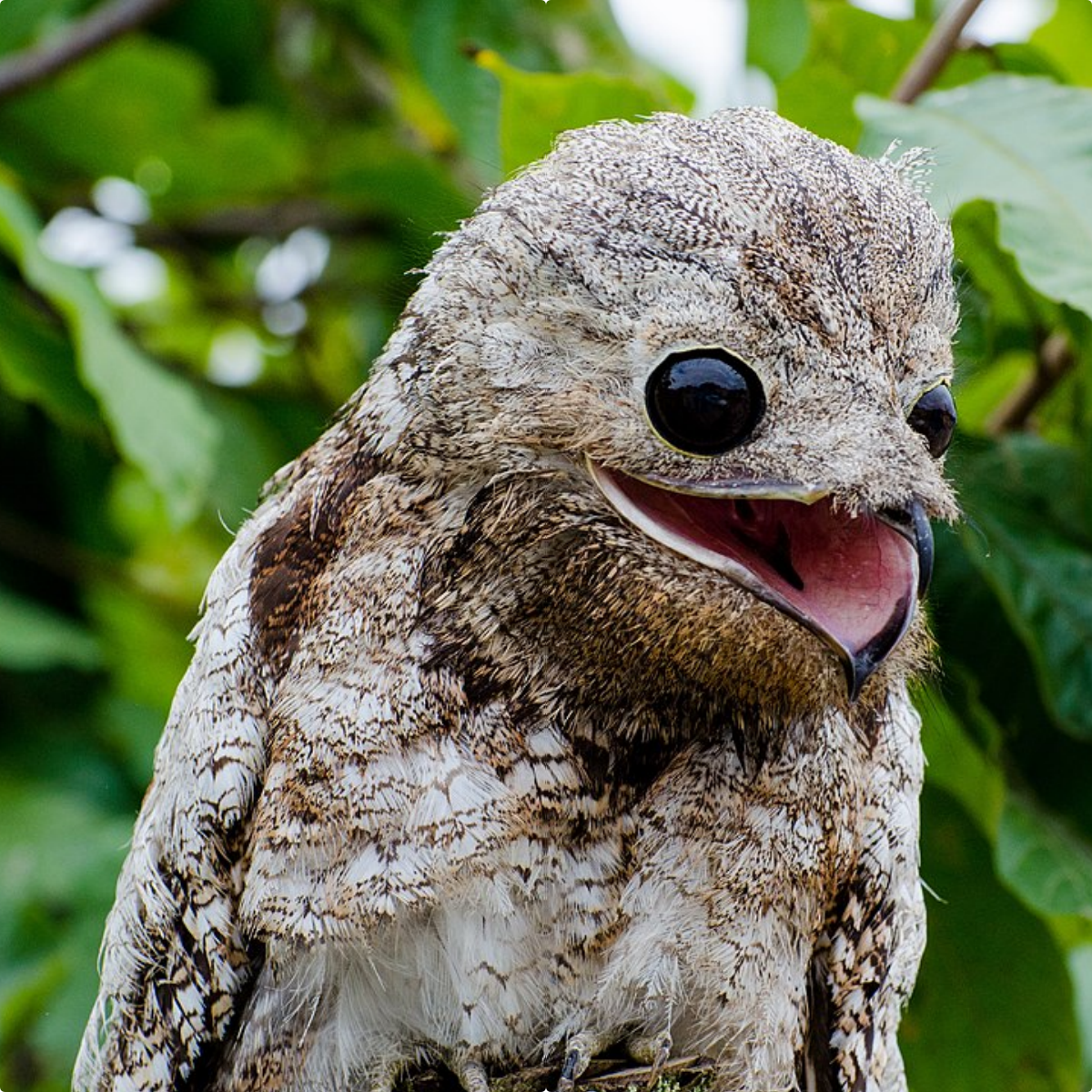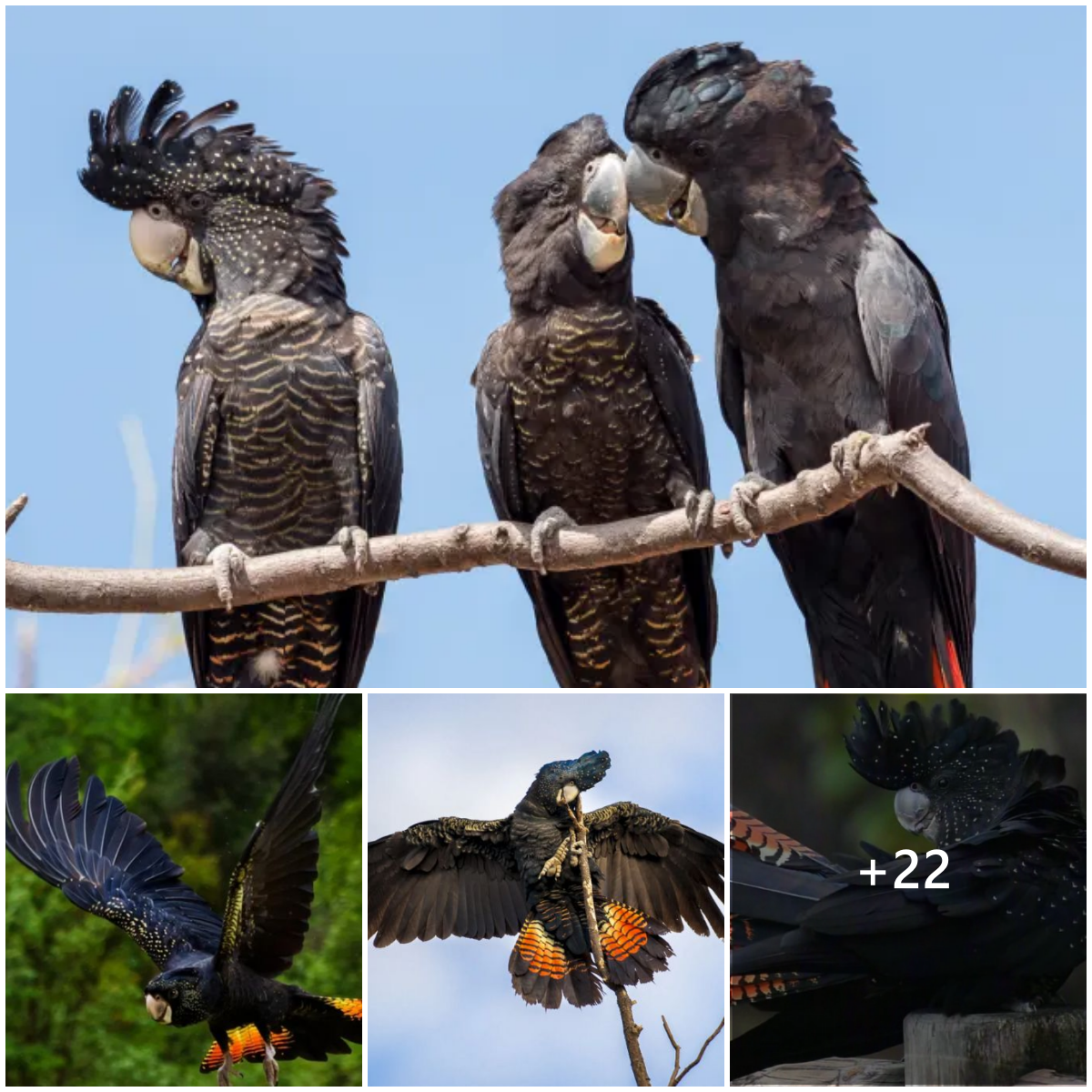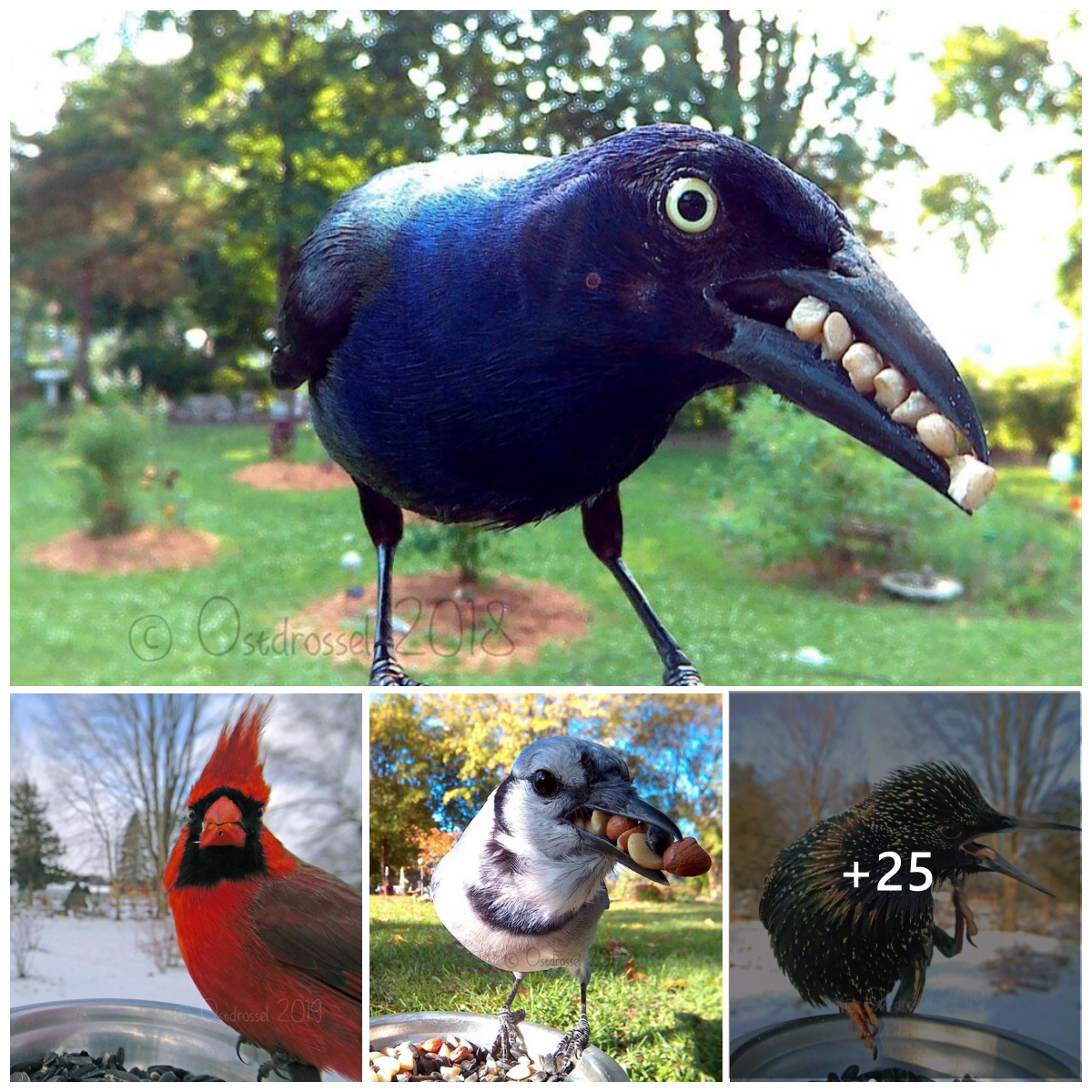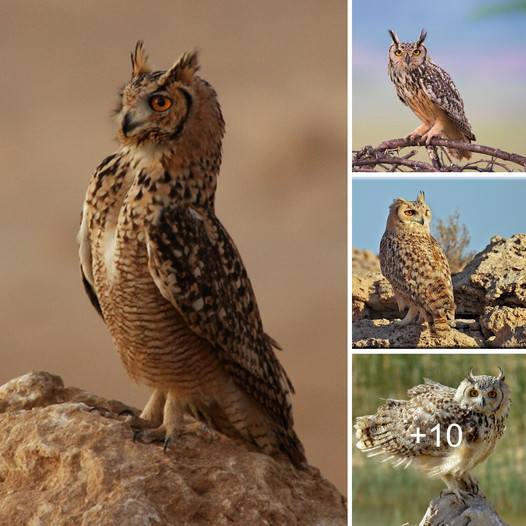The striking South Philippine Dwarf Kingfisher (Ceyx mindanensis) was just known as a mere description made about a hundred and thirty years ago when the Steere Expedition to the Philippines took place in 1980. But let the people wonder no more because it has been finally photographed for the first time over a century later.

This particular bird is said to be the tiniest species of forest kingfisher groups in the country of the Philippines (as said in the name) and was initially described with a combination of metallic lilac, orange, and bright blue spots in its striking plumage. It can be found in the second-growth virgin forests within the islands of Basilan and Mindanao.

The South Philippine Dwarf Kingfisher also has a special and distinguishable call that is described as a “high-pitched, insect-like and almost inaudible zeeep.” It has escaped the sight of many scientists for over a hundred years now because of its behavior—it darts and perches so swiftly and quietly that it is almost invisible.
Fortunately, thanks to the brilliant Miguel David De Leon, the director of the Robert S. Kennedy Bird Conservancy and a Filipino field biologist, we finally get to see the beauty of this particular bird that has been out of sight for the past hundred years or so.

“The Robert S. Kennedy Bird Conservancy is a group of eight field workers and bird photographers that documents birds and habitats, contributing data previously unknown to science, with the ultimate goal of conserving species and ecosystems,” says De Leon in an interview with Esquire Philippines.
However, the bird is already threatened with extinction.
This is the beautiful South Philippine Dwarf Kingfisher that has only been photographed for the first time after a hundred years from it being described last 1890.

These photos have never been actually published, so this is really the first time that people around the world will get to see this rare species, thanks to Miguel De Leon.

Getting a photo of them is no easy work, and De Leon had to spend ten years laboriously and painstakingly tracking the bird so that he and his team can study and document the said bird’s habits.

De Leon and his team traveled to the forests of Cagayan de Oro wherein they conducted research from 2007 to 2017.
They found two nesting sites of the species at Mapawa Nature Park; however, the first nesting site got destroyed by trespassers, so they were unable to form any scientific observations.

The second nesting site, on the other hand, was untouched.
It was three meters above the forest floor, and was attached to a tree trunk. These birds are what we call cavity nesters, which means they excavate nest holes within earth banks and in termite nests.

The dwarf kingfisher feeds on earthworms, small lizards, and other invertebrates.

However, their existence and survival is threatened with poaching, habitat destruction, and climate change.

“There’s more to bird conservation than just birds. By protecting and preserving habitats, we keep the circles of life within an ecosystem intact.”
“The innumerable variety of insects that birds feed on, the unattractive shrubs that insects feed on, the fungi and bacteria that render the soil suitable for plant growth, and so on, they’re all indivisibly linked together,” says De Leon.

“The biggest threat to the decline or loss of our endemic and indigenous species is habitat loss. Hunting and trapping for food or the illegal pet trade are contributory factors as well. “
“Culturally, the recreational shooting of birds using airguns or slingshots puts further pressure on bird populations,” he adds.

It’s really amazing how De Leon and his team were able to get these photos, and after ten years of hard work, seeing these photos are indeed worth seeing! Let’s just hope that they won’t be gone sooner than we expect them to be.
